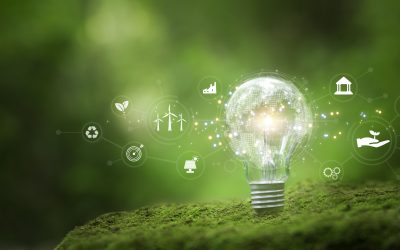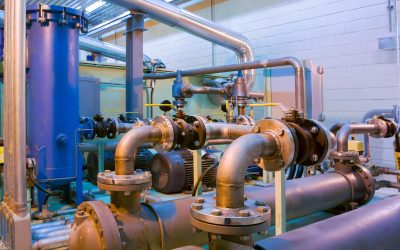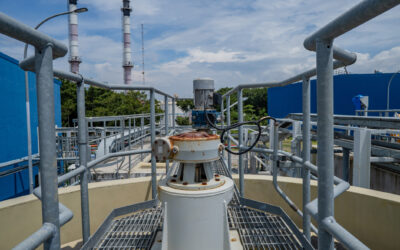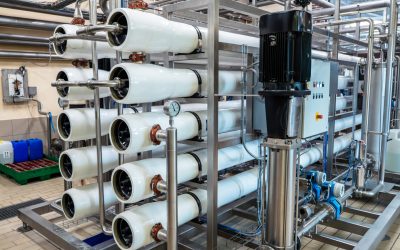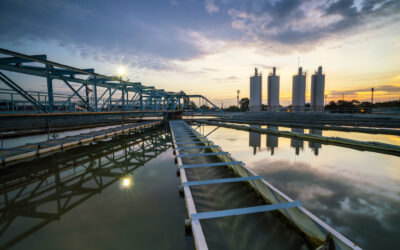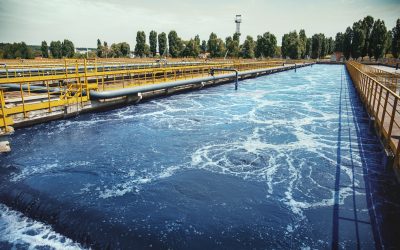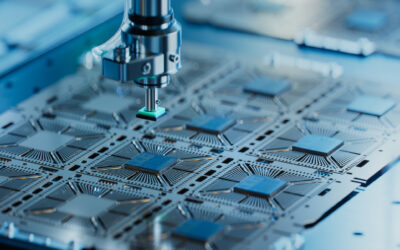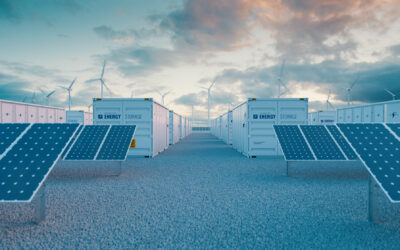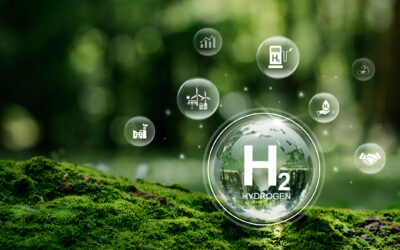Blog
Industry Focus: Emerging markets and impacts on water resources
Industry Focus: Emerging markets and impacts on water resources[lwp_divi_breadcrumbs _builder_version="4.21.0"...
Industry Focus: Semiconductor industry trends and the importance of water resource management
Industry Focus: Semiconductor industry trends and the importance of water resource management[lwp_divi_breadcrumbs...
Industry Focus: Chemical industry trends and how they’re shaping water use in 2025
Industry Focus: Chemical industry trends and how they're shaping water use in 2025[lwp_divi_breadcrumbs _builder_version="4.21.0"...
Industry Focus: Power industry outlook and impacts on water management strategies
Industry Focus: Power industry outlook and impacts on water management strategies[lwp_divi_breadcrumbs _builder_version="4.21.0"...
Designing a Water Treatment Plant: What to expect
Designing a Water Treatment Plant: What to expect [lwp_divi_breadcrumbs _builder_version="4.21.0" _module_preset="default"...
A Quick Guide to Maintaining and Upgrading Industrial Water Treatment Systems
A Quick Guide to Maintaining and Upgrading Industrial Water Treatment Systems[lwp_divi_breadcrumbs _builder_version="4.21.0"...
What to know about ZLD/MLD
What to know about ZLD/MLD[lwp_divi_breadcrumbs _builder_version="4.21.0" _module_preset="default" custom_margin="||5px||false|false"...
Wastewater reuse in the food and beverage industry
Water reuse in the food and beverage industry[lwp_divi_breadcrumbs _builder_version="4.21.0" _module_preset="default"...
Membrane clean-in-place (CIP) systems
Why a Membrane Clean-In-Place (CIP) System?[lwp_divi_breadcrumbs _builder_version="4.21.0" _module_preset="default"...
How to Choose a Membrane
How to Choose a Membrane[lwp_divi_breadcrumbs _builder_version="4.21.0" _module_preset="default" custom_margin="||5px||false|false"...
Water Treatment Technologies to Reduce Chemical Use
Water Treatment Technologies to Reduce Chemical Use [lwp_divi_breadcrumbs _builder_version="4.21.0" _module_preset="default"...
Weighing the Advantages of Different Biological Wastewater Treatment Technologies
Weighing the Advantages of Different Biological Wastewater Treatment Technologies [lwp_divi_breadcrumbs _builder_version="4.21.0"...
Fossil Fuel Transition Means Retirement for Many Coal-Fired Power Plants
Fossil Fuel Transition Means Retirement for Many Coal-Fired Power Plants[lwp_divi_breadcrumbs _builder_version="4.21.0"...
Chip Fab Wastewater Management: Recycling and reuse trends in the semiconductor industry
Chip Fab Wastewater Management: Recycling and reuse trends in the semiconductor industry [lwp_divi_breadcrumbs...
Energy Storage Systems: Impacts & Outlook
Energy Storage Systems: Impacts & Outlook[lwp_divi_breadcrumbs _builder_version="4.21.0" _module_preset="default"...
Electrolysis and Green Hydrogen: Impacts and Outlook
Electrolysis and Green Hydrogen: Impacts and Outlook [lwp_divi_breadcrumbs _builder_version="4.21.0" _module_preset="default"...
Common EPC Project Challenges and How to Prevent Them
Common EPC project challenges and how to prevent them [lwp_divi_breadcrumbs _builder_version="4.21.0" _module_preset="default"...
How Does An EPC Project Work?: Understanding turnkey construction contracts
How does an EPC project work?: Understanding turnkey construction contracts [lwp_divi_breadcrumbs _builder_version="4.21.0"...

